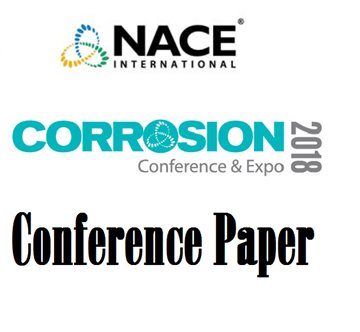Search
11072 Effect of FeCO3 Supersaturation and Carbide Exposure on the CO2 Corrosion Rate of Carbon Steel
Also Purchased
51318-10997-Effect of Alloying Elements on the Corrosion Behavior of Carbon Steel in CO2 Environments
Product Number:
51318-10997-SG
Publication Date:
2018
$20.00
11083 Experimental Study of Black Powder Formation in Field TEG Solutions
Product Number:
51300-11083-SG
ISBN:
11083 2011 CP
Publication Date:
2011
$20.00
11073 Compare the Corrosion Resistance of 3% CR Steel with API X65 Pipeline Steel
Product Number:
51300-11073-SG
ISBN:
11073 2011 CP
Publication Date:
2011
$20.00




